Ancient Roman Sewage System: Sanitation in ancient Rome was a complex system similar in many ways to modern sanitation systems.

During the Dark Ages, the technical knowledge of the system was lost and has subsequently been investigated by modern-era historians and archeologists.
Ancient Roman Sewage System Facts
The Roman Empire is in many ways the highest point of sewage management and other public works in the ancient world. Famous for public baths and latrines with quite complex engineering, Rome also excelled in the use of covered drains for stormwater and sewage, with some houses connected directly to the drainage system.
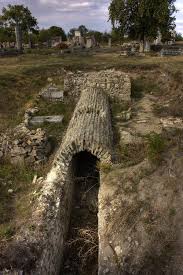
Water conveyance in large-scale aqueducts was another impressive accomplishment. With the spread of the Roman Empire into Europe and the Mideast, these technologies were introduced across large geographic areas, but the knowledge was largely lost in the Middle Ages.
Roman Sewer System
A system of eleven aqueducts provided the inhabitants of Rome with water of varying quality, the best being reserved for potable supplies. Inferior quality water was used in the public baths and in the latrines, which were an early form of toilet.
Roman toilet sponge
Latrine systems have been found in many places, such as Housesteads, a Roman fort on Hadrian’s Wall, in Pompeii, Herculaneum, and elsewhere that flushed waste away with a stream of water. Romans used sea sponges on sticks after defecation.
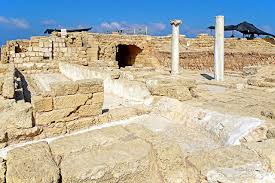
The Romans had a complex system of sewers covered by stones, on similar lines like the modern sewers. Waste flushed from the latrines flowed through a central channel into the main sewage system and thence into a nearby river or stream.
Romans were less sanitary than this system may make them appear. It was not uncommon for Romans to throw waste out of windows into the streets, at least according to Roman satirists. Despite this, Roman waste management was generally admired for its innovation.
When was the first sewer system invented
It is estimated that the first sewers of ancient Rome were built between 800 and 735 BC. Drainage systems evolved slowly and began primarily as a means to drain marshes and storm runoff.
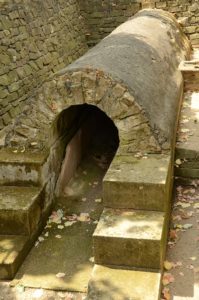
The sewers were mainly for the removal of surface drainage and underground water. The Roman sewage system as a whole did not really take off until the arrival of the Cloaca Maxima, an open channel that was later covered, and one of the best-known sanitation artifacts of the ancient world.
Roman toilets horrible histories
Most sources believe that it was built during the reign of the three Etruscan kings in the sixth century BC. This “greatest sewer” of Rome was originally built to drain the low-lying land around the Forum. It is, however, not known as to how effective the sewers were, especially in removing excrement.
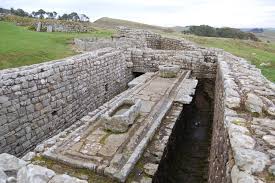
From very early times the Romans, imitating the Etruscans, built underground channels to drain rainwater that might otherwise wash away precious top-soil, used ditches to drain swamps such as the Pontine marshes, and dug subterranean channels to drain marshy areas.
Over the period of time, the Romans expanded the network of sewers that ran through the city and linked most of them, including some drains, to the Cloaca Maxima, which emptied into the Tiber River. In 33 BC, under Emperor Augustus, they enclosed the Cloaca Maxima, creating a large tunnel.
Roman Sewage System Facts
Strabo may have given too much credit to the Romans, as he said that “almost every house” was connected to the sewer. Most homes in early Rome were not connected to the sewers, and waste was thrown out into the street. However, a widespread street-washing policy using aqueduct water sent most human wastes into the sewers anyway.
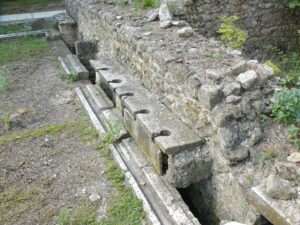
Eventually, a law was passed to protect innocent bystanders from assault by wastes thrown into the street. The violator was forced to pay damages to whomever his waste hit if that person sustained an injury. This law was only enforced in the daytime, presumably because one then lacked the excuse of darkness for injuring another by careless waste disposal.
Roman Latrines
Around AD 100, direct connections of homes to sewers began, and the Romans completed most of the sewer system infrastructure. Sewers were laid throughout the city, serving the public and some private latrines, and also served as dumping grounds for homes not directly connected to a sewer.
It was mostly the wealthy whose homes were connected to the sewers, through outlets that ran under an extension of the latrine.




